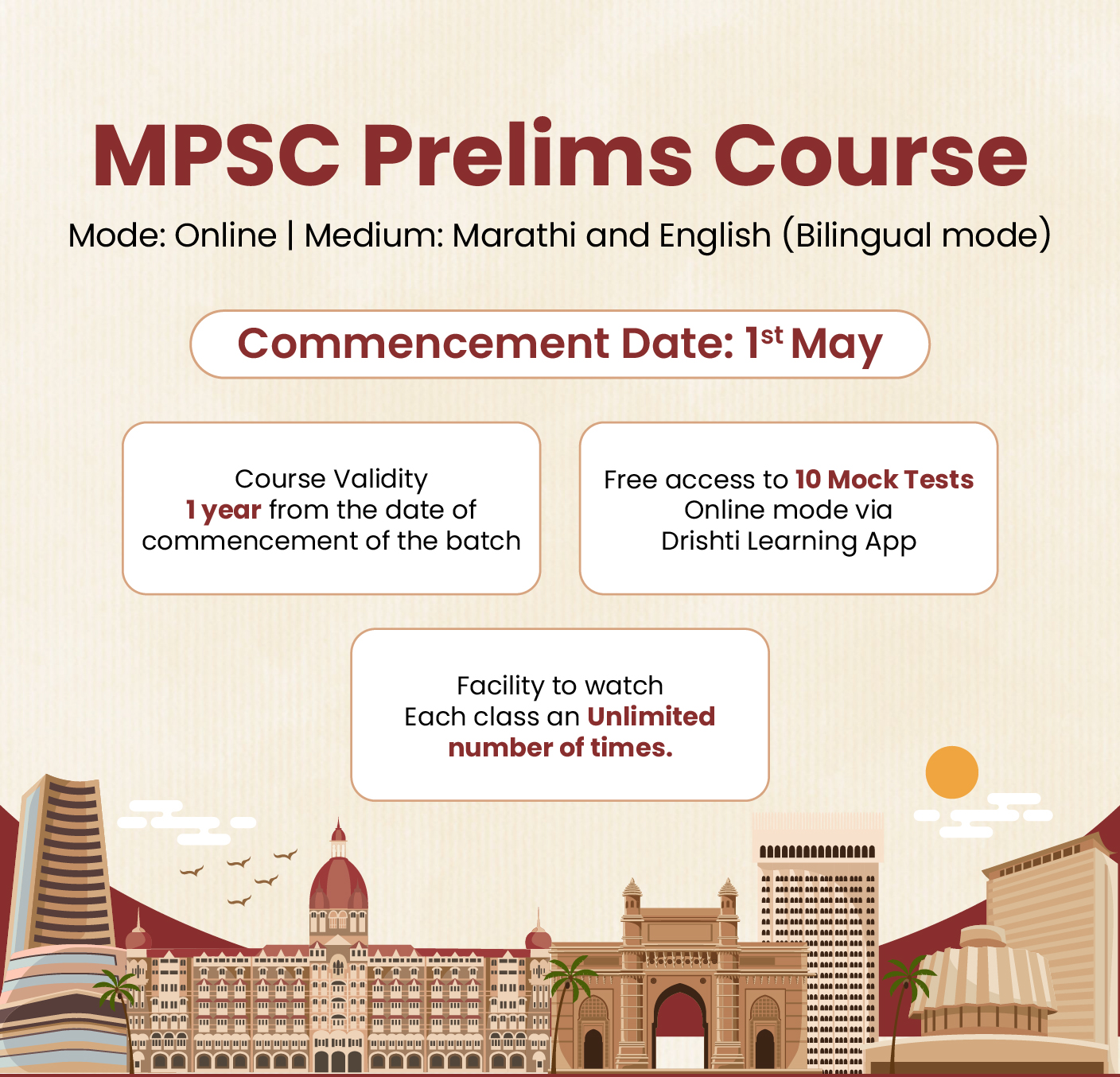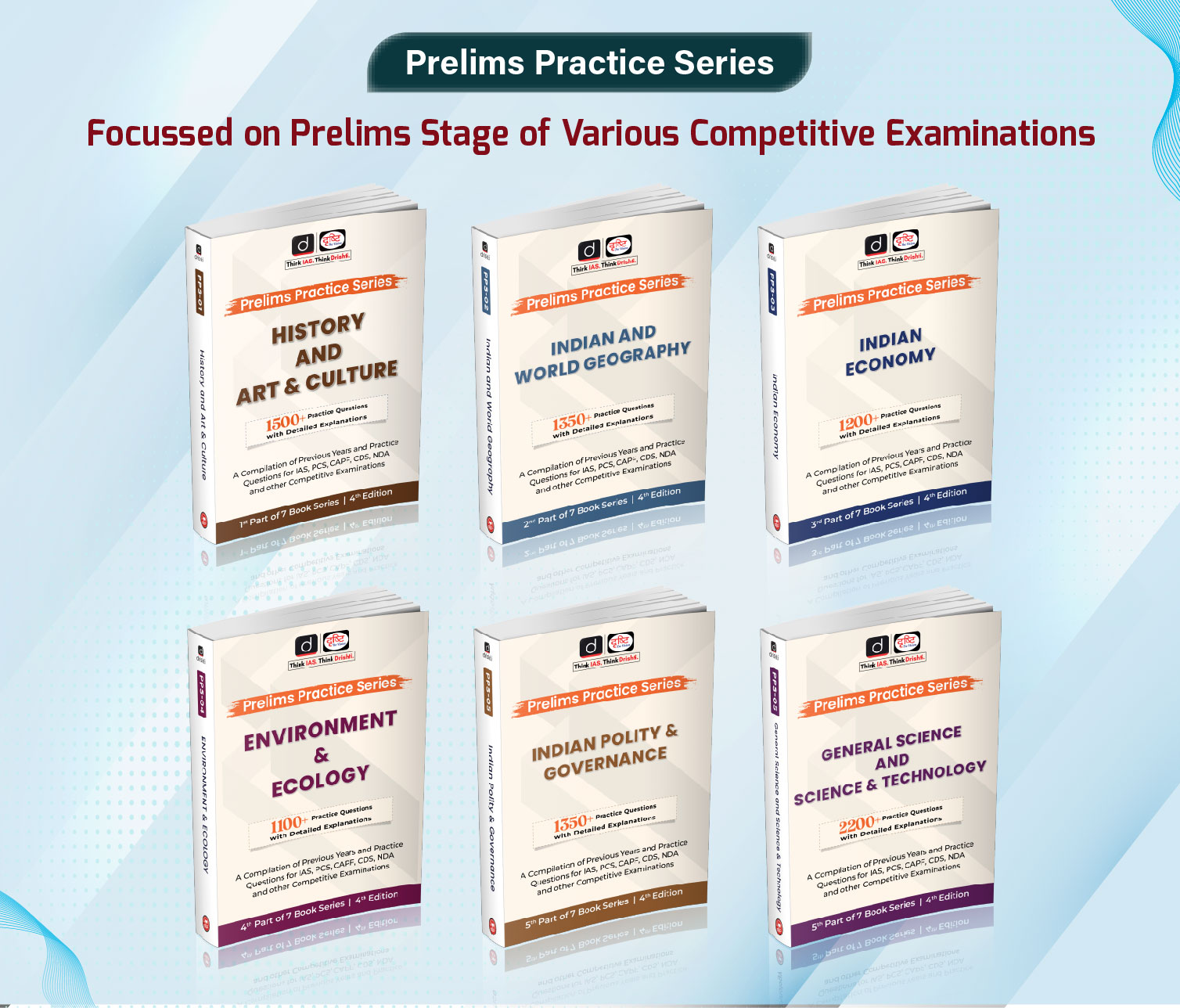Bihar Switch to Hindi
Vikramshila University
Why in News?
A decade after establishing Nalanda University in Rajgir, Bihar has intensified efforts to revive another ancient center of learning—Vikramshila University.
- Since December 2024, the Archaeological Survey of India (ASI) has been developing the Vikramshila site to enhance its appeal as a tourist destination.
Key Points
- About the Project:
- The Centre approved the Vikramshila University project in 2015 and sanctioned Rs 500 crore, but progress stalled due to delays in land identification by the Bihar government.
- On 24th February 2025, Prime Minister reaffirmed the government’s commitment to reviving Vikramshila, emphasizing its historical significance as a global center of knowledge.
- Archaeological Conservation and Preservation:
- Workers are actively engaged in clearing vegetation and exposing architectural features at the ruins of Vikramshila Mahavihar.
- The site has been divided into grids as part of ASI’s systematic conservation efforts.
- A cruciform brick stupa, the centerpiece of Vikramshila, stands surrounded by 208 monastic cells where student-monks once practiced Tantrayana Buddhism.
- Historical Significance of Vikramshila:
- Founded by Pala King Dharmapala (late 8th–early 9th century AD), Vikramshila thrived alongside Nalanda University.
- While Nalanda gained fame for its broad academic disciplines, Vikramshila specialized in tantric and occult studies.
- During Dharmapala’s reign, Vikramshila was the dominant institution, even overseeing Nalanda’s affairs.
- Both universities had a common patron and exchanged scholars known as Acharyas.
- Founded by Pala King Dharmapala (late 8th–early 9th century AD), Vikramshila thrived alongside Nalanda University.
- Academic Excellence and Global Influence:
- Vikramshila offered courses in theology, philosophy, grammar, metaphysics, and logic, but its primary focus was on Tantrayana Buddhism.
- Atisa Dipankara, one of Vikramshila’s most renowned scholars, played a pivotal role in spreading Buddhism to Tibet.
- The university flourished for nearly four centuries before declining in the 13th century, due to the resurgence of Hinduism, the decline of Buddhism, and invasions by Bakhtiyar Khalji.
- Modern Revival Efforts:
- The Bihar government has approved Rs 87.99 crore for land acquisition in Antichak village, located 3 km from the ancient Vikramshila site.
- Bhagalpur district administration has identified 202.14 acres for the new Central university, of which 27 acres belong to the state but are occupied by local families.
Nalanda University
- Gupta Emperor Kumaragupta (Shakraditya) of the Gupta dynasty founded Nalanda University in 427 CE in modern Bihar in the early 5th century, and it flourished for 600 years until the 12th century.
- During the era of Harshavardhana and the Palas monarchs, it rose to popularity.
- During King Harshavardhana's reign (606-647 AD) Chinese scholar Xuan Zang (also known as Hiuen Tsang and Moksadeva, a 7th-century Chinese Buddhist monk, scholar, traveller, and translator) came here and studied for about 5 years.
- He also carried back many scriptures from Nalanda, which were later translated into Chinese.
- In 670 AD, another Chinese pilgrim I-Tsing visited Nalanda. He stated that Nalanda housed 2,000 students and was supported by money from 200 villages.
- A large number of students have come to study from China, Mongolia, Tibet, Korea, and other Asian countries.
- Archaeological evidence also indicates contact with the Indonesian Shailendra dynasty, one of whose kings built a monastery in the complex.
- Spiritual divines like Lord Buddha and Lord Mahavira meditated in this region, adding to the positive vibrancy of the area.
- Great masters such as Nagarjuna, Aryabhatta, and Dharmakirti contributed to the scholarly traditions of ancient Nalanda.
- The university was destroyed in 1193 by Bakhtiyar Khilji, a general of the Turkish ruler Qutbuddin Aibak.
- It was rediscovered in 1812 by Scottish surveyor Francis Buchanan-Hamilton and later identified as the ancient university by Sir Alexander Cunningham in 1861.






%20MPPCS%202025%20Desktop%20E.jpg)
%20MPPCS%202025%20Mobile%20E%20(1).jpg)










.png)
.png)











 PCS Parikshan
PCS Parikshan


